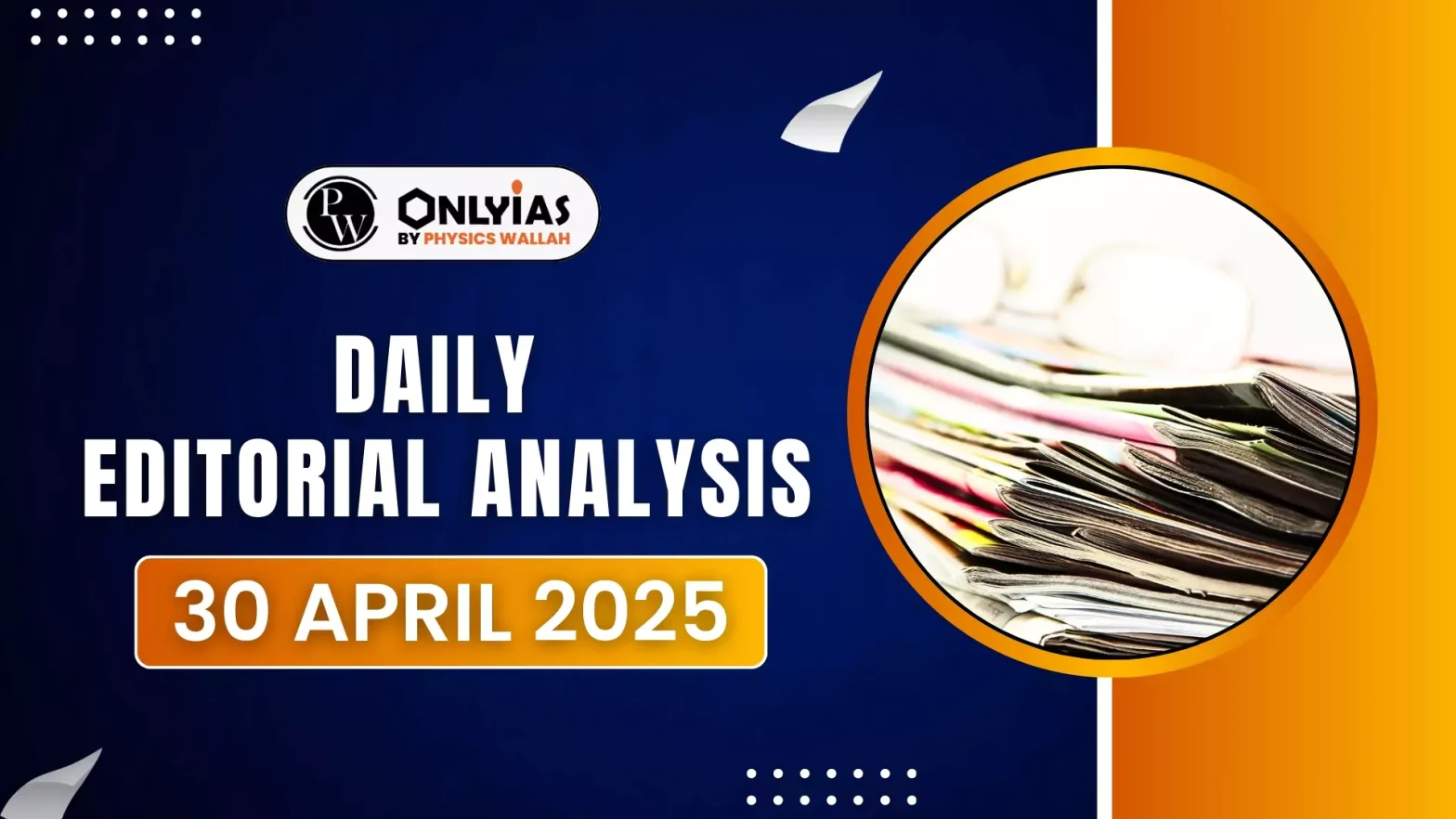Amid ongoing global conflicts like the Russia-Ukraine war and the Israel-Gaza crisis, media has become central to shaping public perception.
Ideological Conflicts Across the Globe
- War as the Dominant Language: The contemporary world is marked by geopolitical instabilities, triggered both by ongoing wars and potential future conflicts.
- War has resurfaced as the principal medium of communication between states, replacing diplomacy in many instances.
- For example, Pakistan’s minister Hanif Abbasi recently threatened India with “full-scale war” and invoked nuclear retaliation, reflecting how offensive rhetoric is becoming the new normal.
- Rise of Right-Wing Politics: In many regions, right-wing ideologies are gaining prominence. There is a global retreat from inclusivity, with calls to return to traditional religious belief systems.
- Polarised Global Conflicts: The world is divided by contrasting philosophies:
- Israel vs. Palestine
- Russia vs. Ukraine.
- These conflicts evoke intense passions, both political and emotional, across the globe.
- Diverse global struggles: From ethnic conflict, malnutrition, and poverty to obesity, floods, and droughts reveal a world of deep inequities, where each crisis is shaped and magnified by media narratives and regional realities.
Significance of Media
- Manufacture of Consensus: Media plays a pivotal role in shaping not individual but collective national perspectives. However, often the dominant narrative is driven by the majority’s viewpoint, marginalising dissenting voices.
- Media’s Influence: Media doesn’t just report facts; it adds emotion, tone, and perspective. Television anchors infuse facts with anxiety, anger, or bluster, affecting how audiences interpret events.
- The viewer becomes what they watch, participating in a cascade of opinion across social media.
- Echo Chamber: In a hyperconnected society, disconnecting from media might simulate a utopian world centered on immediate concerns. But in reality, the media curates views, often creating opinions where none previously existed.
- Corrupting Perceptions: In extreme cases, it may even corrupt perceptions, leading individuals to adopt views that may not align with the ideals of a civilised society.
- Role of Mass and Micro Media: Primary mass media including television, print, and radio continue to shape mainstream discourse.
- Aided by: These are aided by secondary cascade mediums, such as micro social media feeds, which further refine, amplify, or distort perspectives.
-
- There is no “perfect method” to how perspectives are built the subjectivity and randomness are intrinsic.
- Formation of Identity: The perspective you build on any issue gradually becomes you. Shallow opinions, when not challenged, harden into rigid beliefs, which can eventually become a way of thinking akin to a personal religion.
- These rigid worldviews, left unchecked, evolve into ideological silos.
- Emergence of ‘Mediaism: The essay proposes that ‘mediaism’ is the new faith of our times.
- Just as religion binds, so does media, likened here to the interstitium, the connective tissue of human society. Media shapes our identities, creating the “you” and the “I” of modern existence.
- Unconscious Formation of Opinion: The piece urges introspection:
- How did your opinion on a current national or personal issue come about?
- Were you “exposed” to it through a particular medium?
- Was it a residue of something heard, read, or seen earlier?
- Was it influenced by a person, a news anchor, a bias, or even childhood experiences?
Conclusion
Whether acknowledged or not, we are all followers of mediaism. This modern-day belief system is not merely about information consumption, but about how the media constructs reality. It has already been with us for a while, and likely will remain for a long time to come
![]() 30 Apr 2025
30 Apr 2025

